


Monthly Archives: February 2017
A Dog & Her Bone
A Day At Rockingham Beach (2)






Sepia, Help
Taking black & white photos is my great love, but I also like Sepia.
I am using a Nikon P900 camera (& I love it) but using the nostalgic sepia setting, I find the my photos are never in focus. 2 of these photos have been taken with this setting and the other 2 have been altered to sepia using a photo altering programme. As you can see the altered photos are a lot clearer & more in focus.
So, I would love some constructive input as to what I’m doing wrong, please. As I would love to be able to use this sepia setting more.
Thanks in advance.

Nostalgic Sepia Setting on camera 1

Nostalgic sepia setting on camera 2

Altered to sepia 1

Altered to sepia 2
The Dog Park
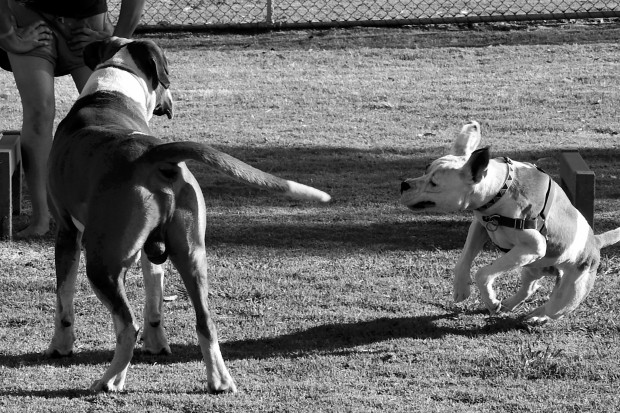

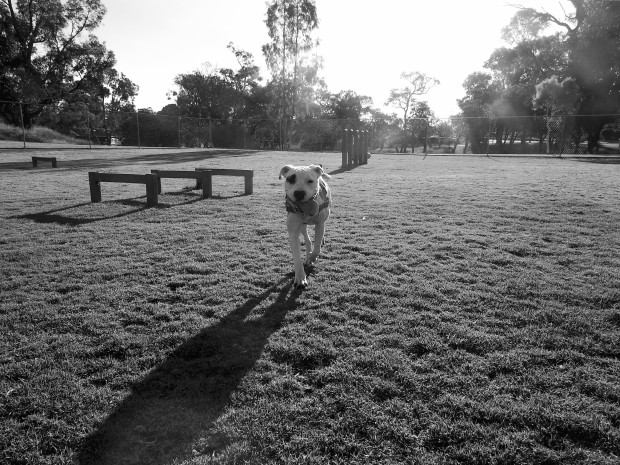
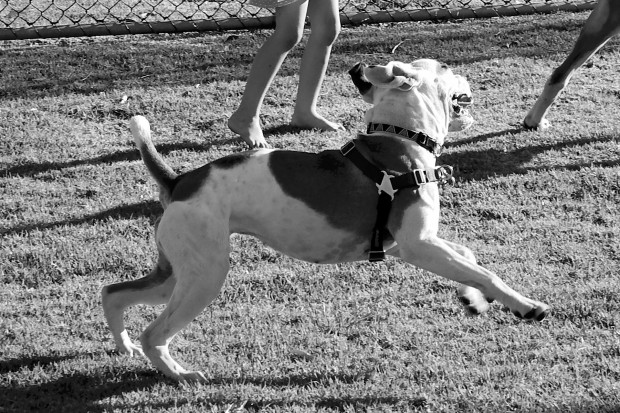
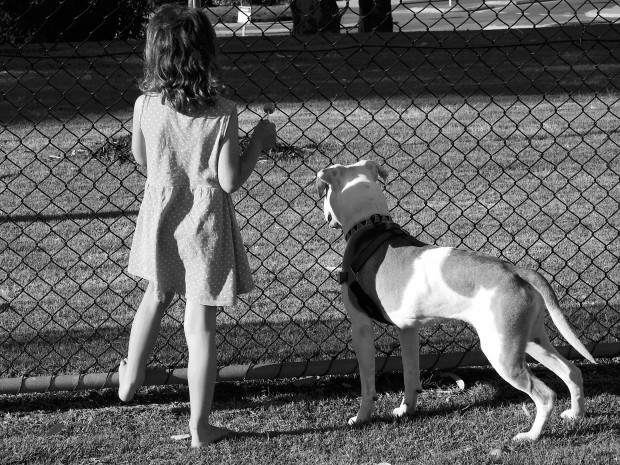
A Cat’s Paw





A Day At Rockingham Beach (1)







Park Turns Into Lake (8 photos)
Our local park was flooded the other day, due to heavy rain, it is quite unusual for Western Australia at this time of year. So instead of running around on the grass, you just have to paddle around in the water & have fun.








The Crested Pigeon
Crested pigeon
The crested pigeon is a bird found widely throughout mainland Australia except for the far northern tropical areas. It is the only member of the genus Ocyphaps. There are only two Australian pigeon species that possess an erect crest, being the crested pigeon and the spinifex pigeon. The crested pigeon is the larger of the two species. The crested pigeon is sometimes incorrectly referred to as a topknot pigeon, however the topknot pigeon, or Lopholaimus antarcticus is a different species altogether, and has a red-brown crest that does not stand erect




A Driftwood Paradise





The Western Rosella & The Twenty Eight.
While out today I managed to spot these two gorgeous native Western Australian Birds. Lucky I had my camera with me.


The Western Rosella (Platycercus Icterotis)
The Western Rosella is the smallest rosella and is usually seen in pairs or small parties. However, it is quiet and easily overlooked. The head neck and under body of males are mostly red, while those of females and juveniles are mottled red. The cheek patch is yellow or cream. The two subspecies may interbreed, with varying colour on the back. The flight is light and fluttery and less undulating than in other rosella species. This species is also known as the Yellow-cheeked or Stanley Rosella. Western Rosellas may damage fruit in orchards and were earlier killed as vermin. They are now protected from destruction, except with a special licence. They are possibly declining in the wheat belt from loss of woodland.

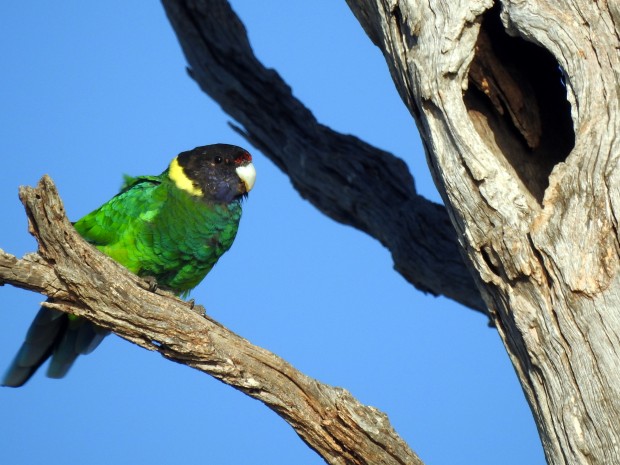



Twenty Eight Parrot (Australian Ringneck) (Barnardius Zonarius Psittacidae)
There are several different forms of the Australian Ringneck across its range and each appears slightly different, but they all have one feature in common — a yellow collar which stretches across the bird’s hind neck. Aside from appearing different from one another, birds of the different populations also sound different, with pronounced regional variation. For example, the subspecies in Western Australia is often referred to as the ‘Twenty-eight Parrot’ because its contact call is usually rendered as twenty-eight, with the call (and the name) is unknown in other parts of Australia.